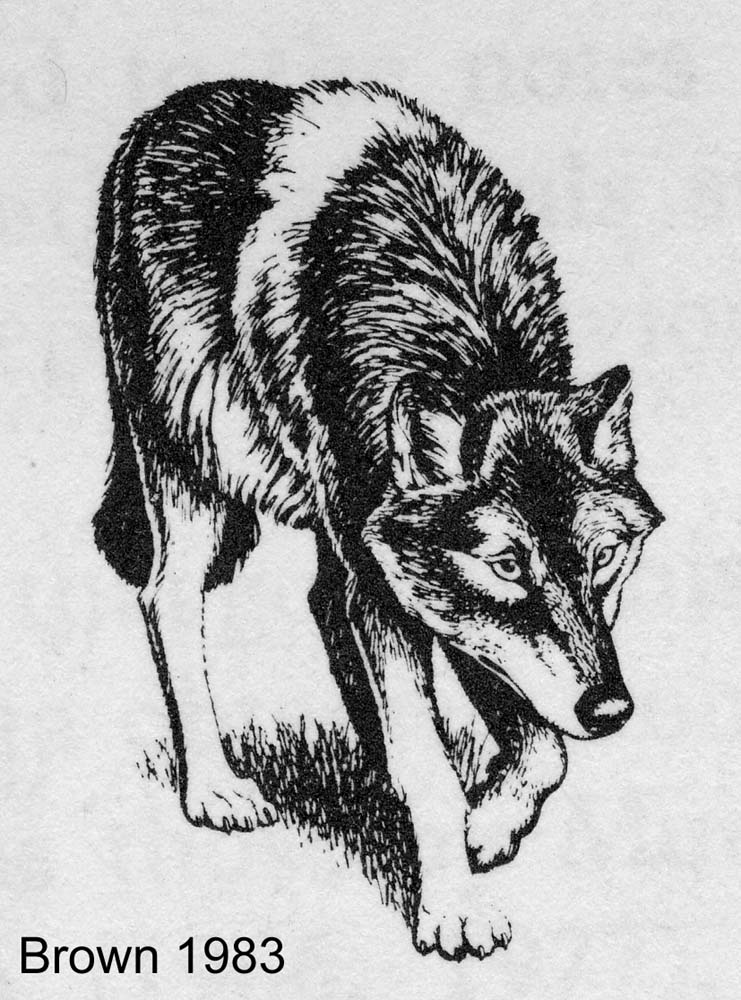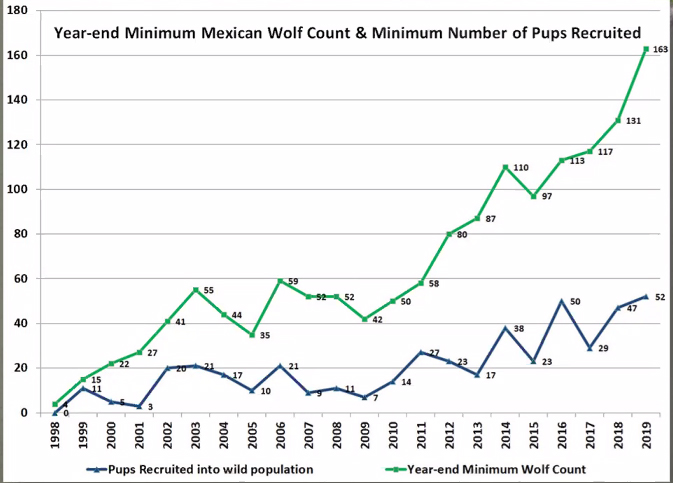GEOS 220: Environmental History of Southwest
Wolf Web SitesHere are some web sites covering the re-introduction of the wolf to the SW. Feel free to find other web sites for yourself (there are lots). Web sites may be cited (but absolutely no quoting nor even copy-and-pasting). In the References Cited, put the web site title, not the url.
8 Big Pros and Cons of Wolf Reintroduction: What a perfect title for this topic. This is so good, in fact, that it's not allowable for citing in our Geos. 220 essay. A drawback of this web site is that it doesn't cite sources. Read this web site only as an example approach to our wolf essay. The points made in this web site are citeable from other sources. And for sure, do not copy (cut and paste) text from this website. Gray Wolf natural history: Just one of many sites that have basic data about the gray wolf. Notice that it's gray wolf, as opposed to grey wolf, a common variant. This site capitalizes Gray Wolf, but it can be lowercase also. Also, use the singular (wolf re-introduction) to indicate the program, versus plural (re-introducing wolves), which implies individual animals. For our essay, it won't be necessary to include many baseline details of the animal, but we should have a good idea of what we're talking about here. US Fish and Wildlife Service: This site has a large amount of information including news releases and technical reports available as pdf files. The USFWS recovery plan for the Mexican gray wolf (1982) is available at this site. Arizona Game and Fish Department: This site is the state agency involved in the wolf re-introduction. This also has a large amount of information including news releases and technical reports available as pdf files. Center for Biological Diversity: This site has a statement on actual wolf numbers for Arizona and New Mexico currently. So far, I'm not seeing a time-series graph; still looking.
- See especially this: Impact Studies on Deer and Elk Populations in Arizona 1998 through 2012. Bottom line: not much impact on elk and deer recruitment numbers due to the wolf.
- Time series from Arizona Game & Fish (click to get high-res version)
New Mexico Wildlife: This site covers wolf effects on elk populations in New Mexico. No definitive elk numbers yet, perhaps because the wolf numbers are not very high. International Wolf Center: Info on wolves around the world. Defenders of Wildlife: A private organization dedicated to the protection of all native wild animals and plants in their natural communities. Has played a role in wolf re-introduction programs. Journal of Young Investigators: Restoration or Destruction: The Controversy over Wolf Reintroduction. Wolf attacks on humans? Concern is often expressed about wolves attacking humans, and a response has been that confirmed, verifiable, unprovoked attacks by free-ranging, healthy wolves on humans are rare, at least in North America. For the record, this wiki page lists reports of attacks. Rewilding Institute: A nice data graphic that could (should) be helpful for both the essay and video formats, but especially for videos. Western Wildlife Outreach: Another nice info graphic on safety tips for avoiding wolf attacks that could (should) be helpful for both the essay and video formats, but especially for videos.
Wolf Re-introduction Home Page
Laboratory of Tree-Ring Research, The University of Arizona
Tucson, Arizona 85721 USA
Comments to Paul Sheppard: sheppard @ ltrr.arizona.edu
Copyright © 2000-2020, Laboratory of Tree-Ring Research, University of Arizona
Revised -- October, 2020

